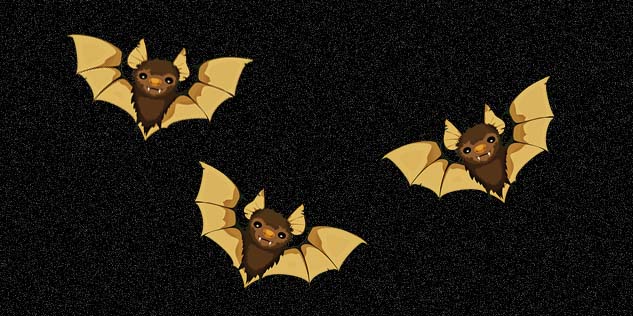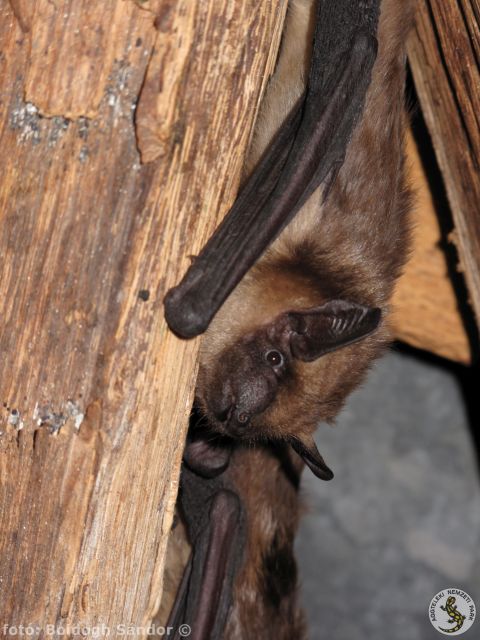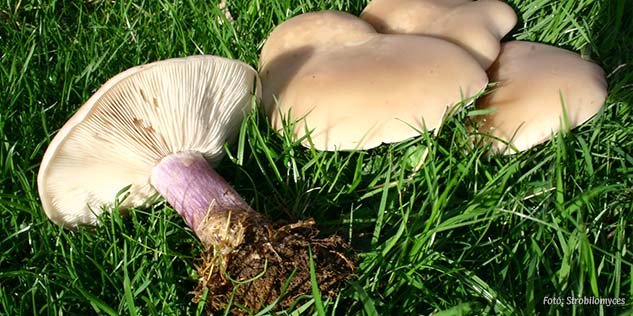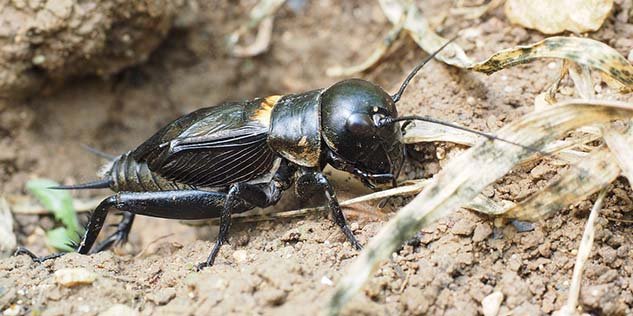
 This year’s mammal of the year award does not go to a single species, but to the entire family of bats. Myths have abounded for centuries about these small mammals – here is some more truthful information about these important creatures.
This year’s mammal of the year award does not go to a single species, but to the entire family of bats. Myths have abounded for centuries about these small mammals – here is some more truthful information about these important creatures.
There are 52 bat species living in Europe, of which 28 may be found in Hungary. The bats found in Aggtelek National Park are not just rare, but also of international importance. Meeting bats in our caves is a daily event.
Bats are the only mammals that are capable of flight, extending their front legs and stretching the membranes between their long fingers. They adjust their hind legs to help them hover. Bats are also able to bend their knees like humans.
Bats utilise their ears and sonar echo location for orientation rather than their eyes. Each bat species uses a different sounding sonar ping, making it easier to be able to identify the different species flying overhead on summer evenings.
Bats can be found inhabiting caves, tree boles, attics and even behind window blinds and shutters. In these cases, their droppings also attest to their presence. They hibernate during the winter, but not continuously. Bats will wake up a few times between November and March, often because of changes in the weather. A sudden drop in temperature after an early spring thaw can be fatal.
All the domestic bat species eat insects and do not suck blood!
All bat species are protected in Hungary!
In Borsod County and Aggtelek National Park there are two bat species that tolerate human presence better than others, creating greater odds for people to meet them if they wish. One of these is the common serotine bat with a body length of 6-8 cm and weighing about 30 g - making it a rather huge bat. Visitors will often meet this bat and its short whistling calls. The fine for damaging a serotine bat in Hungary is 25000 HUF (80 Euro).
The other commonly encountered bat species is the grey long-eared bat. This species by comparison is about 6 cm in length and only weighs 10 g. Interestingly, the bat’s ears are almost as long as its entire body! Its appearance might be a basis for some of those frightening myths. The fine for damaging a grey long-eared bat in Hungary is 50000 HUF (160 Eur).
Finally, here are the three most common myths debunked:
Myth 1: A bat flying into or getting stuck in your hair.
It is true that during the Baroque period, huge wigs were the fashion and it is recorded that indeed some bats got stuck in these “constructions.” Since bats use ultrasound to map their environment, and big wigs absorbed and dampened sounds and bats sometimes "did not see" the obstacles. Of course, no one talks about the associated poor hygiene or mice dwelling in these wigs. Since this fashion has now disappeared, this rare occurrence is no longer an issue and bats will not get tangled up in your hair.
Myth 2: Bats are blood-suckers.
The truth is that there really is such a bat, but it lives 8000 kilometres away in South America. Domestic bats are insectivores, and do people a great service by consuming great quantities of just the insects that tend to plague humans. No European species suck blood!
Myth 3: Vampire bats, and the devil's creatures.
It is difficult to say exactly where this vampire myth originated. Some sources credit the torturing habits of Vlad “The Impaler” Tepes, while others say the vampire is a fictional character that has no basis in reality. It may be easier to explain the claim that they are creatures of the devil. Bats rest in protected places during the day, such as pitch dark, deep and mysterious caves. In the evening, “all ordinary men are at home in bed, when just troublemakers and creatures of darkness are abroad.” Based on this, people were convinced in olden times that the bat can only be the devil's work.



